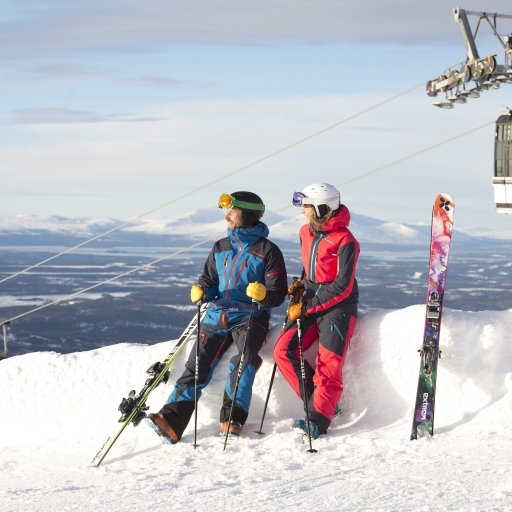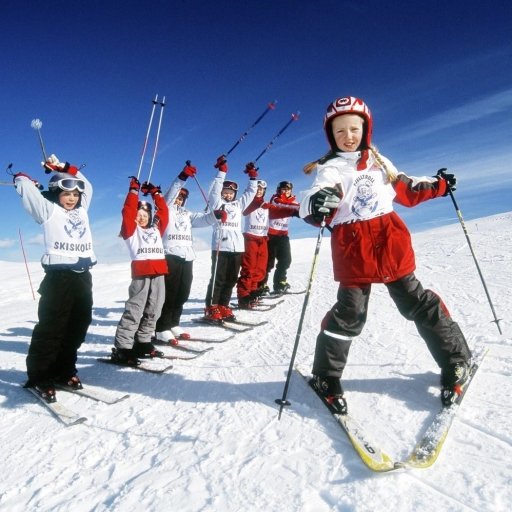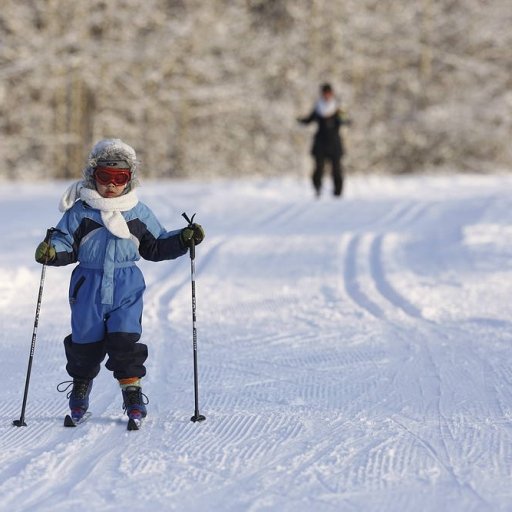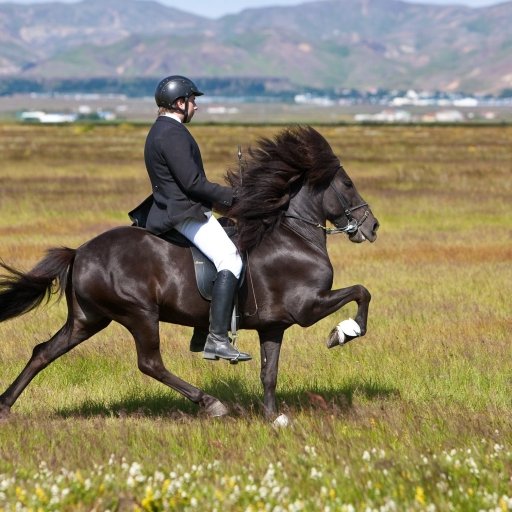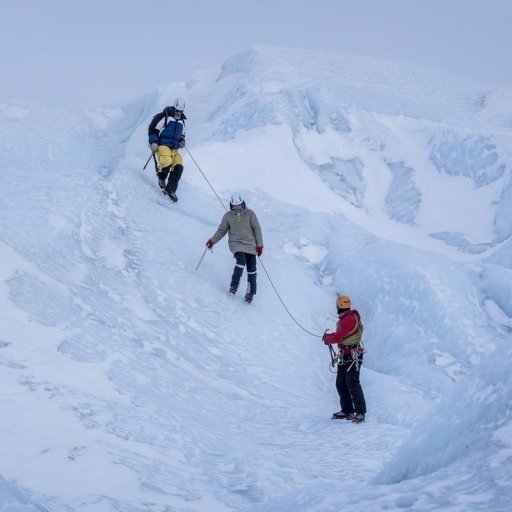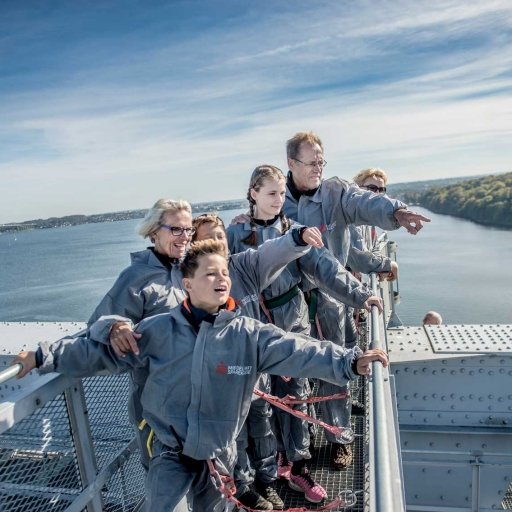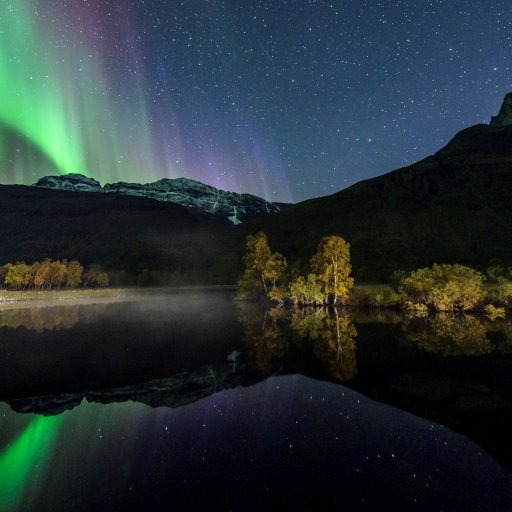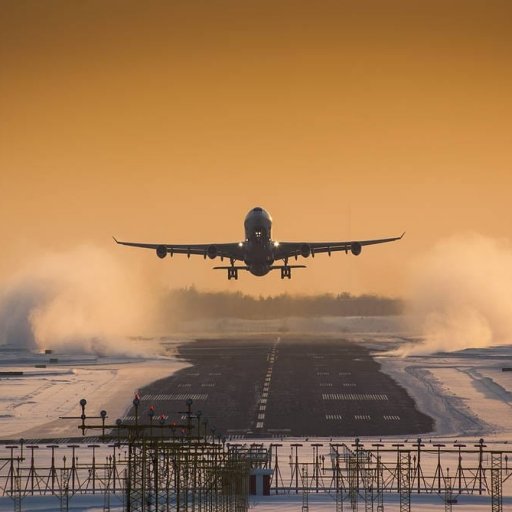Lola Akinmade Åkerström/Imagebank.sweden.se
What are the Northern Lights
At least once in a lifetime, one must see the play of the myriad waves of colours that are the Northern Lights in the dark sky.
What are the Northern Lights
But how does this adventure phenomenon arise in the sky in the Nordic countries? It all begins at the surface on the Sun with big explosions.
The Northern Lights also named Aurora Borealis is an atmospheric phenomenon that's tied to explosive events on the sun's surface, known as solar flares. Those flares produce a stream of charged particles, the "solar wind," which shoots off into space.
When such a wind intersects with Earth's magnetic field, most of the particles are deflected; some, however, are sent into the upper atmosphere, where they collide with gas molecules such as nitrogen and oxygen.
The resulting reactions produce glowing colours. The aurora is most commonly a pale green, but its borders are sometimes tinged with pink, purple, or blue. Especially rare is the all-red aurora, which appears when charged solar particles collide with oxygen molecules from 50 to 200 miles above Earth's surface.
Where & when
The amazing glowing colours can be seen approximately between October and March every on clear nights. The most popular Nordic destinations to spot the Northern Lights are located above the Arctic Circle and a lot of local tour operators offer special Northern Light tour during the season. Famous destinations to be mentioned, Rovaniemi, Reykjavik, Kiruna and Tromsø.

